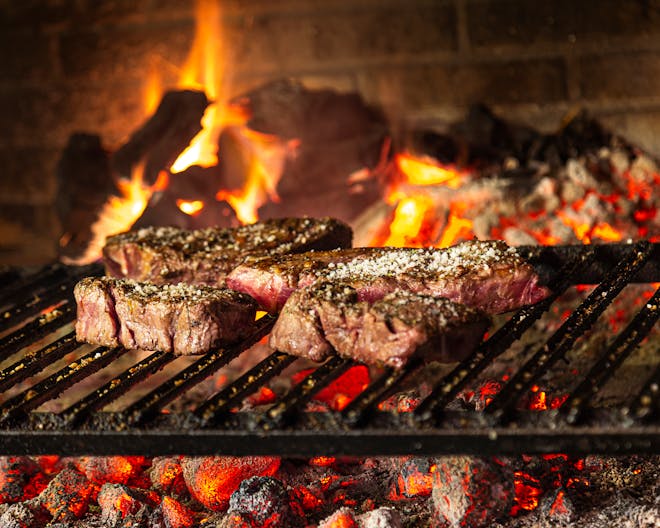Reverse Sear Flat Iron Steak: A Culinary Guide
When it comes to preparing a reverse sear flat iron steak, the method is as important as the cut itself. This guide will walk you through the steps to achieve a perfectly cooked steak with a technique that chefs love for its consistent results.
Understanding the Reverse Sear Technique
The reverse sear method involves slowly cooking the steak in a low oven until it reaches the desired internal temperature, and then searing it on a hot pan or grill for that delicious caramelized crust. This process is ideal for thicker cuts like the flat iron steak, ensuring an even cook throughout.
Selecting Your Flat Iron Steak
First and foremost, you want to choose a high-quality flat iron steak. This cut, known for its rich marbling and beefy flavor, comes from the shoulder of the cow. Opt for a steak that’s at least 1 to 1.5 inches thick to get the most out of the reverse sear method.
Preparation: Seasoning and Initial Cooking
Before you start, take your steak out of the refrigerator and let it sit at room temperature for about 30 minutes. Preheat your oven to a low 250°F (120°C). Season your steak generously with salt and pepper, and if desired, add a touch of garlic powder or your favorite dry rub. Place the steak on a wire rack over a baking sheet and insert a meat thermometer into the thickest part of the steak.
Transfer the steak to the oven and cook until the thermometer reads about 10°F (5°C) below your desired final temperature. For a medium-rare finish, aim for an internal temperature of 120-125°F (49-52°C) before searing.
Searing Your Flat Iron Steak to Perfection
Once your steak has reached the target temperature, remove it from the oven and let it rest while you heat a cast-iron skillet or grill to high heat. If using a skillet, add a bit of high smoke-point oil like canola or grapeseed oil before placing the steak in the pan.
Sear the steak for 1-2 minutes on each side, until a deep, golden crust forms. For an extra touch of flavor, add butter, garlic, and fresh herbs to the skillet in the last minute and baste the steak.
Resting and Serving Your Steak
After searing, let your steak rest on a cutting board for at least 5 minutes. This allows the juices to redistribute throughout the meat, ensuring a moist and tender bite. Slice against the grain and serve immediately with your favorite sides.
Remember, patience is key with the reverse sear method. The gentle initial cooking stage might take longer, but the payoff is a steak cooked evenly from edge to edge, with a perfectly seared exterior.
Tips for a Flawless Reverse Sear
- Use a reliable meat thermometer to monitor the steak’s internal temperature accurately.
- Don’t skip the resting period after searing; it’s crucial for a juicy steak.
- Experiment with different seasonings and herbs to customize the flavor profile.
